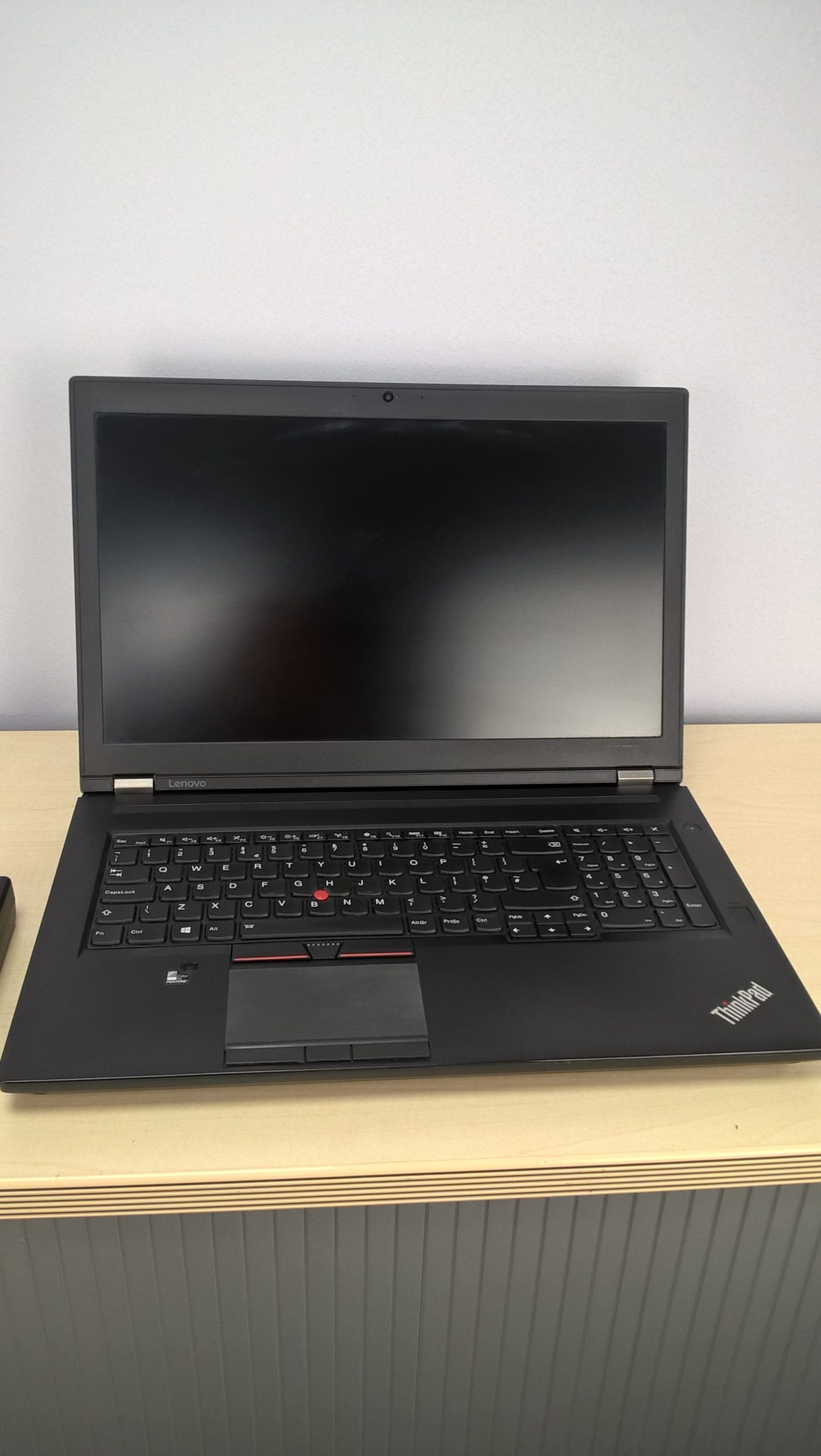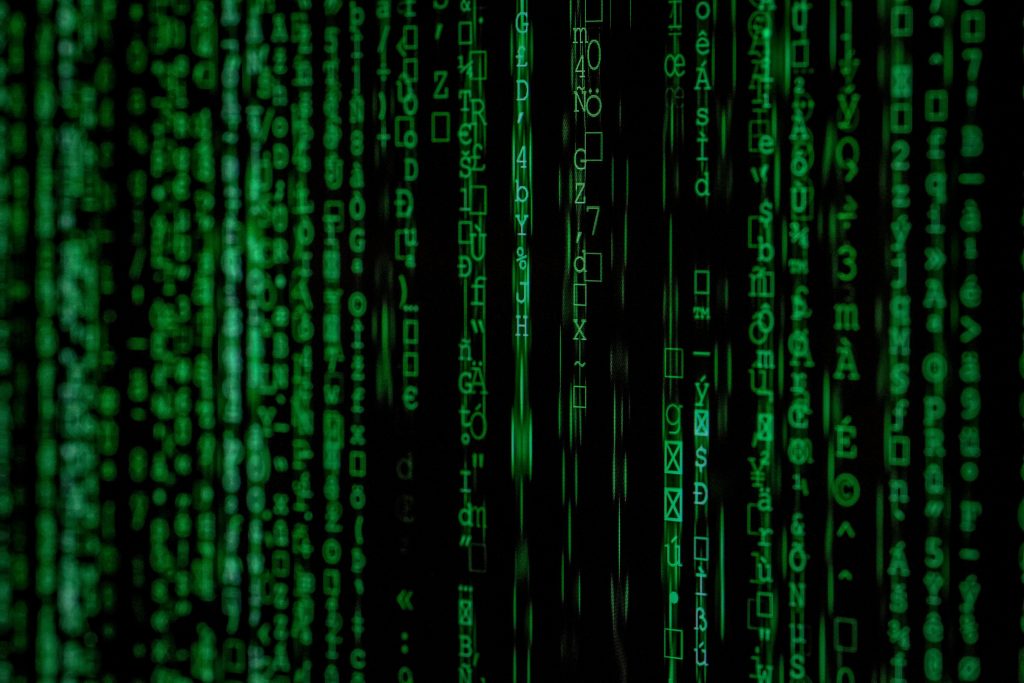How to Connect Your Laptop to an External Monitor: A Comprehensive Guide
When technology fails us, it can feel incredibly frustrating, especially if you’re relying on your laptop for work, study, or entertainment, only to find its screen malfunctioning or broken. If you find yourself staring at a cracked or non-responsive laptop screen, there’s a solution that doesn’t necessarily involve an immediate fix or purchase of a new device. Connecting your laptop to an external monitor can offer a simple, efficient, and cost-effective alternative. If you’ve never tried this before, or if your initial attempts haven’t worked out, let’s take an in-depth look at how you can set up your laptop with an external monitor, like the Phillips monitor you have on hand.
Understanding Types of Connections
Before diving into the process, it’s essential to understand the types of connections that are involved in linking your laptop to an external monitor.
HDMI (High-Definition Multimedia Interface)
HDMI is the most common and simplest connection method due to its ability to carry both audio and video signals over a single cable, delivering high-definition content. Most modern laptops and monitors support HDMI, making it a go-to choice for many users.
VGA (Video Graphics Array)
VGA is an older technology that only carries video signals. While not as common in new devices, many older monitors, including the Phillips monitor you mentioned, may have a VGA port. If you’re using VGA, keep in mind that you’ll need an additional audio cable if you want sound output, as VGA does not support audio transmission.
Other Connection Types
Depending on your devices, other types of connections may be available, such as DisplayPort, DVI, USB-C, and Thunderbolt. These are more common in newer laptops and monitors, providing flexibility based on different requirements for clarity, speed, and audio needs.
Step-by-Step Guide to Connect Your Laptop to a Monitor
Step 1: Check Your Ports
Start by identifying the types of ports on both your laptop and the Phillips monitor. For example, if your laptop has HDMI and the monitor has VGA, you would need an HDMI to VGA adapter or cable. It’s critical to match the connection types accurately to ensure compatibility.
Step 2: Get the Right Cables and Adapters
Once you have identified the ports, gather the necessary cables or adapters:
– HDMI to HDMI: If both devices have HDMI ports, use a standard HDMI cable.
– VGA to VGA: If both are VGA-compatible, use a VGA cable.
– HDMI to VGA: If your devices have HDMI and VGA ports, respectively, use an HDMI to VGA adapter or a cable that can bridge this connection.
– Adapters: For mismatched ports, consider investing in reliable adapters from reputable brands to ensure signal integrity.
Step 3: Connecting the Devices
- Turn off your laptop to prevent any potential short circuit or mishandling issues during the setup process.
- Plug in the cable from your laptop to the monitor. Ensure a secure fit at both ends; a loose connection might lead to display issues.
- Power on the monitor, followed by your laptop, to let the devices recognize the new setup naturally.
Step 4: Setting Up Display Preferences
-
Access Display Settings: For Windows laptops, right-click on the desktop and select ‘Display settings.’ On macOS, go to ‘System Preferences,’ then ‘Displays.’
-
Select Display Mode:
- Duplicate/Mirror Display: Show the same content on both screens.
- Extend Display: Use the monitor as an extension of your laptop screen, providing a larger workspace.
-
Second Screen Only: Useful if your laptop screen isn’t functional. It outputs all visual display to the external monitor.
-
Adjust Resolution: Set an appropriate resolution for optimal display based on the monitor’s capabilities – often measured in terms of pixels (e.g., 1920×1080 for many HD monitors).
Step 5: Troubleshooting
If you’ve followed these steps and still encounter problems, consider the following:
– Cable Check: Inspect for any damage to cables or connectors, as broken pins or wire integrity issues could impede proper signal transmission.
– Driver Update: Visit the manufacturer’s website or device manager to ensure your display drivers are current.
– Port Malfunction: Test different ports if available, or connect to a different monitor to determine if there’s a device-specific issue.
– Monitor Input Settings: Use the monitor’s built-in controls (buttons or OSD – On-Screen Display) to select the correct input source manually.
Practical Examples
Let’s imagine you’re a university student with your laptop as your primary study tool. You’ve just started a new semester, and your laptop screen breaks unexpectedly. Your local repair shop quotes a fix that exceeds your budget. Instead, by connecting to an external monitor, you can carry on attending online classes and accessing study materials without disruption.
In a work context, if you’re a freelancer relying on your laptop for graphic design projects or writing assignments, keeping a backup monitor at home is handy. You stay productive, deliver projects on time, and avoid potential financial setbacks resulting from downtime.
Additional Insights
Being able to connect your laptop to an external monitor is more than just a quick fix; it opens up a range of possibilities:
– Increased Productivity: Using a larger screen can enhance focus and efficiency for tasks that involve multiple windows or detailed visuals.
– Multitasking: Extended displays facilitate better multitasking, aiding workflows that require simultaneous access to various applications or documentation.
– Better Ergonomics: Positioning a monitor at eye level can encourage better posture, reducing strain during prolonged use.
Final Thoughts
In today’s tech-reliant environment, understanding how to maximize your existing resources can save time, money, and frustration. Mastery over such DIY tech solutions not only provides immediate relief when faced with device failure but also fosters self-reliance and prolongs the usability of your technology investments.
Embrace the interactive computing world by not merely settling for one display; explore the realm of multi-screen setups, elevate your engagement with content, and stay connected irrespective of unforeseen challenges. Always remember, with the appropriate connectors and a little patience, you’re just a few steps away from a workable solution.
Share this content:




Thank you for this comprehensive guide on connecting a laptop to an external monitor! It’s a valuable resource, especially for those who may find themselves in a pinch with a malfunctioning laptop screen.
I’d like to add a few thoughts regarding the benefits of using multiple monitors beyond just immediate functionality. Not only does a second screen foster increased productivity and improved multitasking, as you’ve pointed out, but it can also enhance creativity, particularly for tasks such as graphic design or video editing where viewing intricate details side-by-side can lead to better results.
Additionally, if anyone is looking to invest in an external monitor, it might be worth considering those that come with built-in features such as blue light filters or flicker-free technology to reduce eye strain during long work sessions. Ergonomics should definitely be a priority, as prolonged use of technology can lead to discomfort and health issues.
Lastly, as the demand for remote work continues, incorporating an external monitor setup can create a more professional home office environment, which can boost motivation and focus. I’d love to hear if anyone has tried dual monitors at home and what their experience has been. What practices have you adopted to balance efficiency and comfort in your workspace?
Subject: Re: How to Connect Your Laptop to an External Monitor
Hello there!
Thank you for sharing this detailed guide on connecting a laptop to an external monitor. As a technical support engineer, I'm here to provide you with additional insights and assistance to help you navigate this process smoothly.
If you have followed the steps in your article, but are still experiencing issues, here are a few troubleshooting tips to consider:
Identify the Correct Input Source on the Monitor: Ensure that your monitor is set to the correct input source. You can usually find this option using the monitor's buttons or On-Screen Display (OSD) menu. If you're using an HDMI connection, the source should be set to HDMI. If using VGA, make sure it's set accordingly.
Update Your Display Drivers: Sometimes, display issues can be attributed to outdated drivers. To check for updates:
Check Resolution Settings: Sometimes setting a resolution higher than what your monitor supports can lead to a blank screen. Ensure you're using a compatible resolution, such as 1920×1080 for many HD monitors.
Try a Different Cable or Port: If possible, switch out your cable or try different ports on both the laptop
Technical Support Response
Hello,
Thank you for your detailed guide on connecting a laptop to an external monitor! It’s a vital skill that many users can benefit from, especially in times when laptop screens fail. I’d like to offer some additional insights that may help further clarify the process and troubleshoot any potential issues you might encounter.
Tips for a Smooth Connection
Troubleshooting Steps
If you experience any difficulties after following your outlined steps, here are some additional troubleshooting methods:
Technical Support Response
Hello!
Thank you for your detailed post on connecting a laptop to an external monitor. It can indeed be a great solution for various situations, especially when dealing with issues like a cracked screen. Here are some additional tips and troubleshooting steps that might help you:
1. Verify Compatibility
Before purchasing any cables or adapters, verify that both your laptop and monitor are compatible with the connection type you intend to use. This will save you time and potential frustration.
2. Refreshing Display Settings
If the external monitor isn’t displaying an image after connecting:
3. Screen Resolution and Refresh Rate
Sometimes, the external monitor may not display correctly due to a mismatch in screen resolution or refresh rate. Ensure you set the appropriate resolution that the monitor supports:
Response to “How do I screen my laptop to another monitor?”
Connecting your laptop to an external monitor is a great way to enhance your productivity and make the most of your existing technology. Here’s a quick guide for those who might need some extra assistance:
Identify Your Ports
Start by checking what ports are available on both your laptop and the monitor. Common ports include HDMI, VGA, and DisplayPort. If your laptop and monitor have different types, an appropriate adapter may be necessary. For instance, if your laptop has an HDMI port and the monitor has a VGA port, you will need an HDMI to VGA adapter.
Cable Connection Steps
Adjust Display Settings
Once connected, access your display settings:
Here, you can choose to